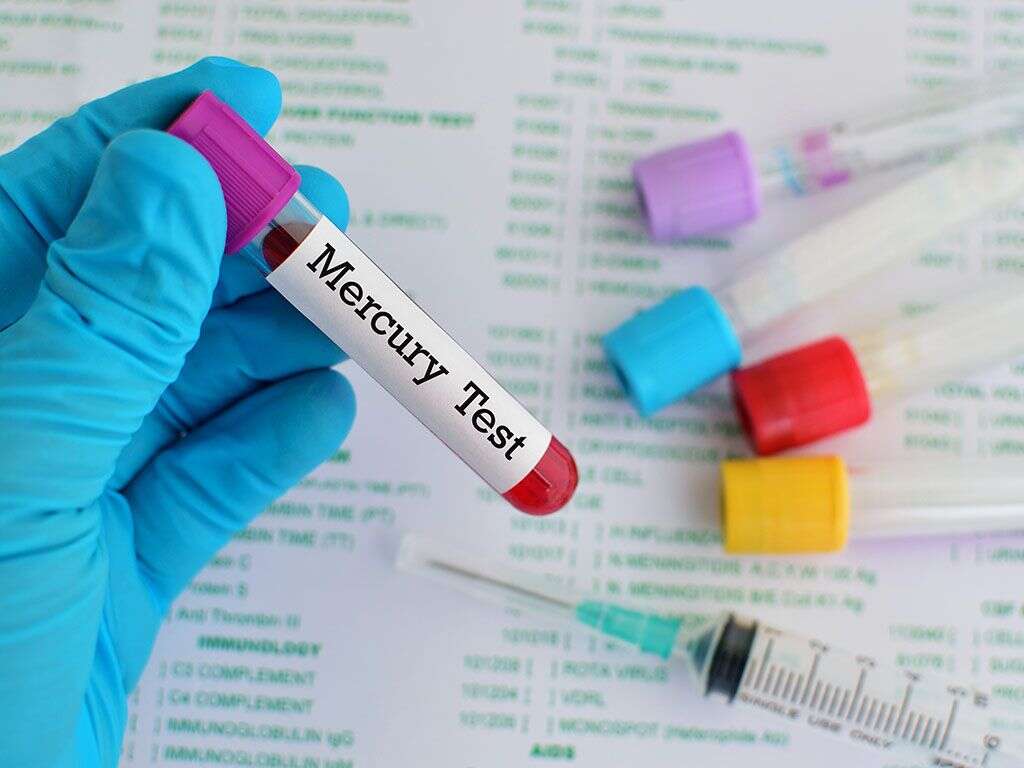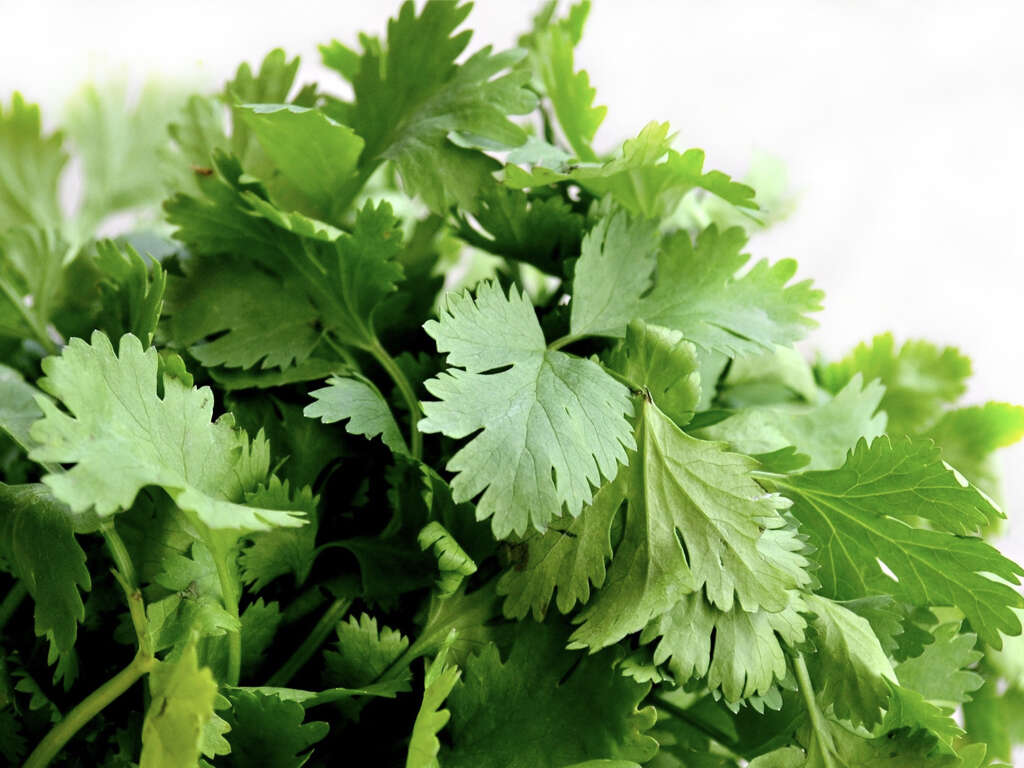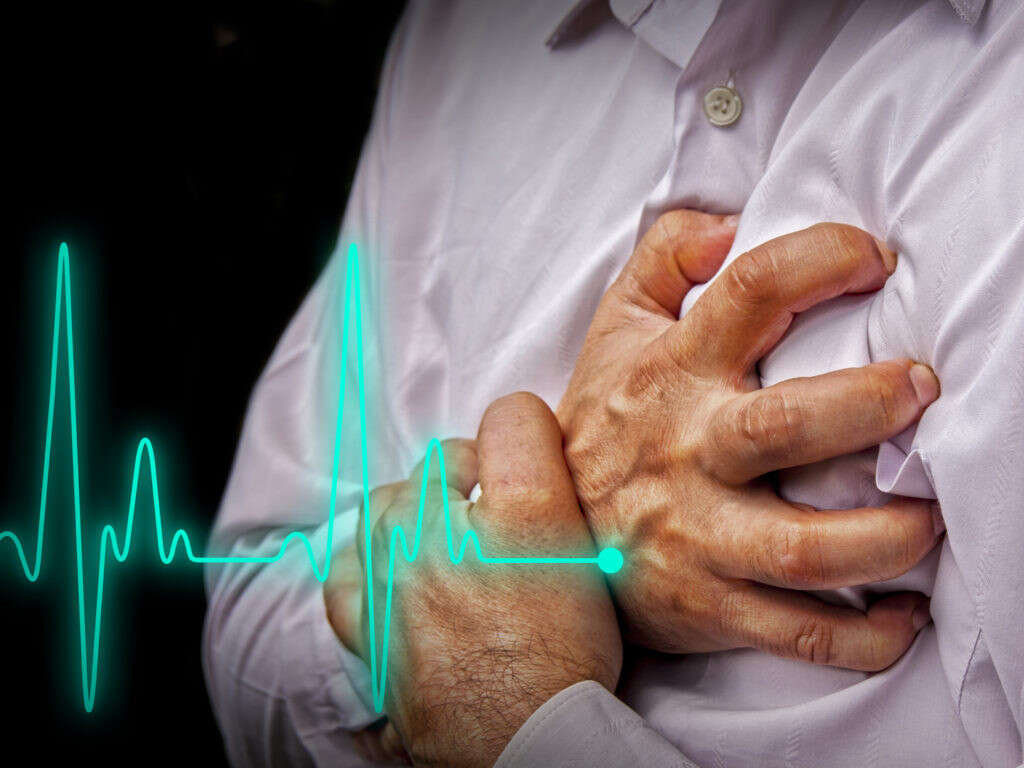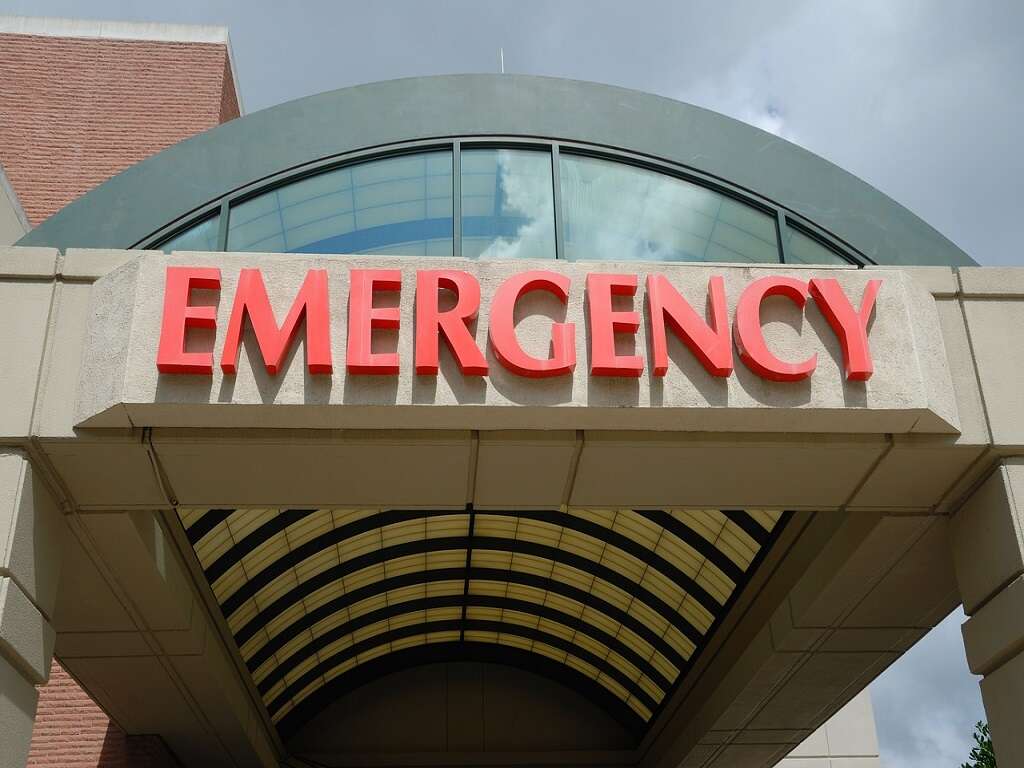10 Signs of Food Poisoning
Food poisoning is a condition caused by the consumption of contaminated food or beverages. The pathogens involved are usually Staphylococcus aureus, Norovirus, Salmonella, Escherichia coli, campylobacter, and Clostridium perfringens. Severe cases of food poisoning can lead to hepatic, renal, and neurologic symptoms that cause death or permanent disability.
Diagnosis can be achieved via patient history, physical examination, blood tests, stool testing, blood culture, and more. Mild cases of food poisoning usually improve without specific treatment. However, severe cases may require aggressive hydration, antibiotic treatment, and hospitalization.
The main goal of treatment is rehydration and providing electrolyte supplements. Patients should also avoid milk and other dairy products. Medication that may be used include antidiarrheals and antibiotics to prevent food poisoning, it is important to practice good personal hygiene, knowing to cook all foods adequately, avoid cross-contamination of all foods, and keeping various foods at the appropriate temperature. In the United States, the Centers for Disease Control and Prevention (CDC) has estimated that approximately 1 in 6 individuals are affected by food-borne illnesses with 128,000 hospitalized and 3,000 deaths annually.

Food Poisoning Sign #1: Abdominal Tenderness
Abdominal tenderness occurs when pressure on a part of the abdomen causes pain. When the removal of pressure causes pain, it is known as rebound tenderness. Some causes of tenderness are an abdominal abscess, appendicitis, diverticulitis, inguinal hernia, food poisoning, and more.
It can occur when there is irritation or inflammation of the abdominal organs. Other associated symptoms of abdominal tenderness include bloating, nausea, vomiting, diarrhea, appetite loss, fever, and more.

Food Poisoning Sign #2: Vomiting
Vomiting, puking, or emesis refers to the forceful and involuntary expulsion of stomach contents through the mouth and / or nose. It is a vague and non-specific symptom cause by various conditions such as gastritis, food poisoning, brain tumors, and more.
Vomiting may be preceded by nausea which is a uncomfortable sensation of wanting to vomit. Both nausea and vomiting can be managed using antiemetics such as promethazine, ondansetron, or metoclopramide. Severe vomiting can lead to dehydration that may require administration of intravenous fluids.

Food Poisoning Sign #3: Fever
Fever or febrile response occurs when the set point of body temperature is elevated above the normal range. The increase in set point of body temperature causes the body to try to produce and conserve more heat through muscle contractions and a feeling of coldness.
A fever can be caused by various infections, vasculitis, deep vein thrombosis, cancer, side effect of medication, and more. A fever can be managed using paracetamol (acetaminophen) or non-steroidal anti-inflammatory drugs (NSAIDs).

Food Poisoning Sign #4: Stool Changes
Stool changes is based on the frequency, color, and consistency of the stool. Normal stool is usually in varying shades of brown, soft, and easily passed. The frequency varies for each individual and can range from several times a day to twice a week. It is also important to look for the presence of blood or mucous in the stool.
In food poisoning cases, the stool can be bloody or contain mucus if the colonic or intestinal mucousa is invaded. Food poisoning caused by cholera can also cause profuse rice-watery stool.

Food Poisoning Sign #5: Abdominal Distension
Abdominal distension occurs when there is accumulation of gas, fluids, or other substances in the abdomen causing it to expand. It can be a symptom of an underlying disorder and can be described by patients as feeling bloated. It can also be associated with nausea, increased pressure in the abdomen, a sensation of fullness, pain, and cramping.
The pressure in the abdomen can be relieved ore reduced by passing gas. Some causes of abdominal distension include diabetes, irritable bowel syndrome, lactose intolerance, food poisoning, and more.

Food Poisoning Sign #6: Tachycardia
Tachycardia is a term that refers to abnormally elevated heart rate. It can be defined as above 100 beats per minute in adults. It should be noted that an elevated heart rate is normal during activities such as exercise. Some disorders that can cause tachycardia include anxiety, adrenergic storm, anemia, atrial fibrillation, hyperthyroidism, infection, and more.
In food poisoning, tachycardia can occur when it causes severe vomiting or diarrhea leading to dehydration. Dehydration results in low blood volume and subsequently causes hypotension and tachycardia.
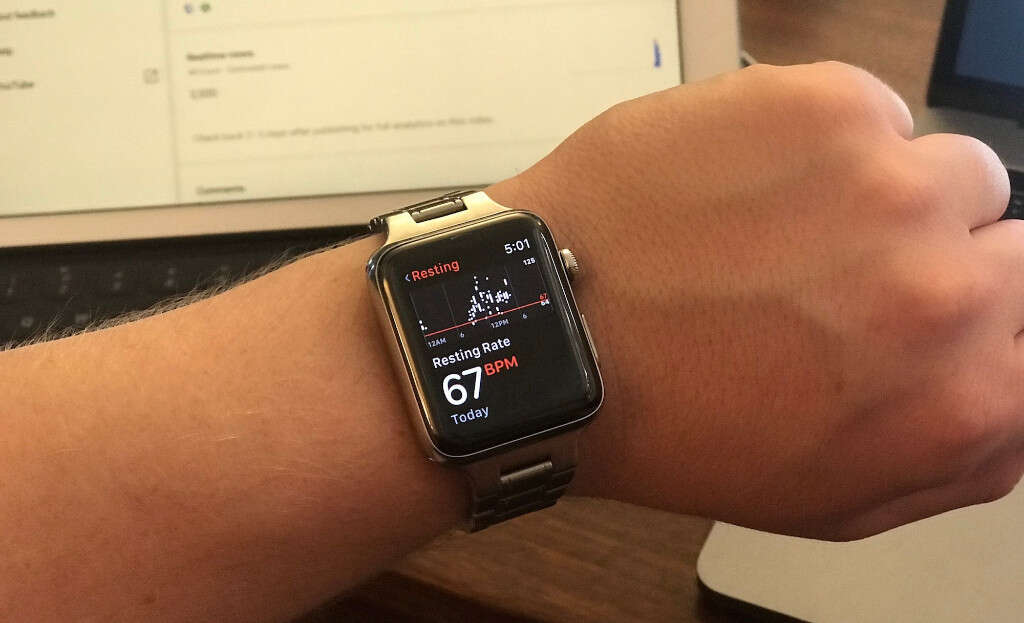
Food Poisoning Sign #7: Hypotension
Hypotension refers to low blood pressure in the arteries of the circulation. It can be defined as a systolic blood pressure of less than 90 mmHg or a diastolic blood pressure of 60mmHg. Some professionals consider a patient to be hypotensive only when there are noticeable symptoms.
Hypotension can result in syncope and dizziness. It can also indicate underlying endocrine, heart, or neurological disorders. Some causes of hypotension include the side effects of medication, low blood volume, anemia, hormonal changes, and more. In severe food poisoning, dehydration can occur resulting in hypotension.
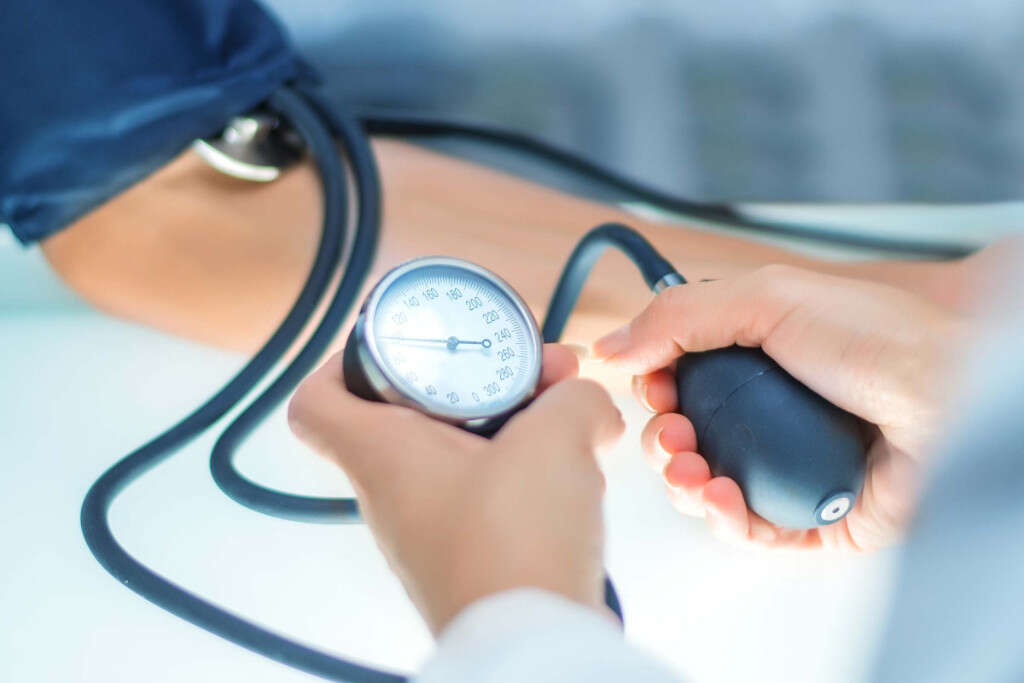
Food Poisoning Sign #8: Skin Turgor
Skin turgor is used to refer to the elasticity of the skin. It can be tested by pinching the skin on the arm and observing if it springs back into place. In normal cases, the skin springs back into place within one to two seconds. Poor skin turgor can be observed when the skin takes longer to return to normal. It is a method used to determine if the individual is dehydrated.
Patients with dehydration usually have poor skin turgor. This is an easy and non-invasive assessment method for pediatric patients. Poor skin turgor is also seen among older patients and does not usually reflect dehydration levels for those above the age of 65. In severe cases of food poisoning, dehydration may occur leading to poor skin turgor.
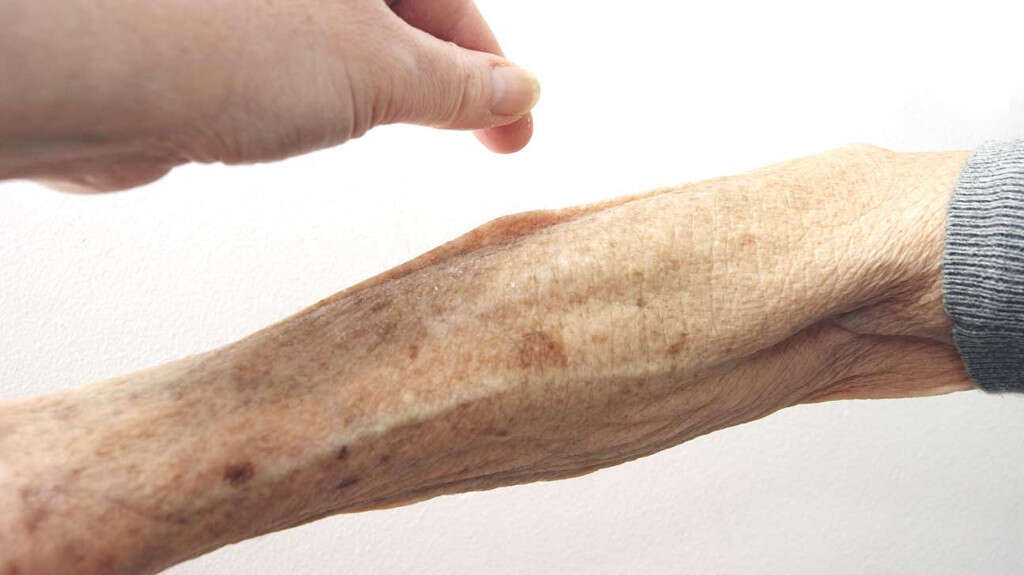
Food Poisoning Sign #9: Concentrated Urine
Normal urine usually appears straw colored. However, when dehydration occurs, the urine can appear to be dark since the urine becomes more concentrated. Concentrated urine due to dehydration usually appears to be honey-colored or amber.
It is important to take notice of the urine color since it is produced in the kidneys that help to get rid of extra fluid and waste products through the urine. In food poisoning, it can cause vomiting and diarrhea that results in dehydration and subsequently, concentrated urine.

Food Poisoning Sign #10: Reactive Arthritis
Reactive arthritis refers to an inflammatory condition that affects the joints. This happens due to response to an infection which occurred in another part of the body. Reactive arthritis can be triggered when an individual develops an infection. In most cases, when the affected individual presents with symptoms of reactive arthritis, the initial infection that triggers reactive arthritis has resolved.
Patients with reactive arthritis often have inflammatory arthritis, conjunctivitis or uveitis, and cervicitis in women or urethritis in men. Food poisoning can cause reactive arthritis when it is caused by Yersinia, Shigella, Campylobacter, or Salmonella infections.




